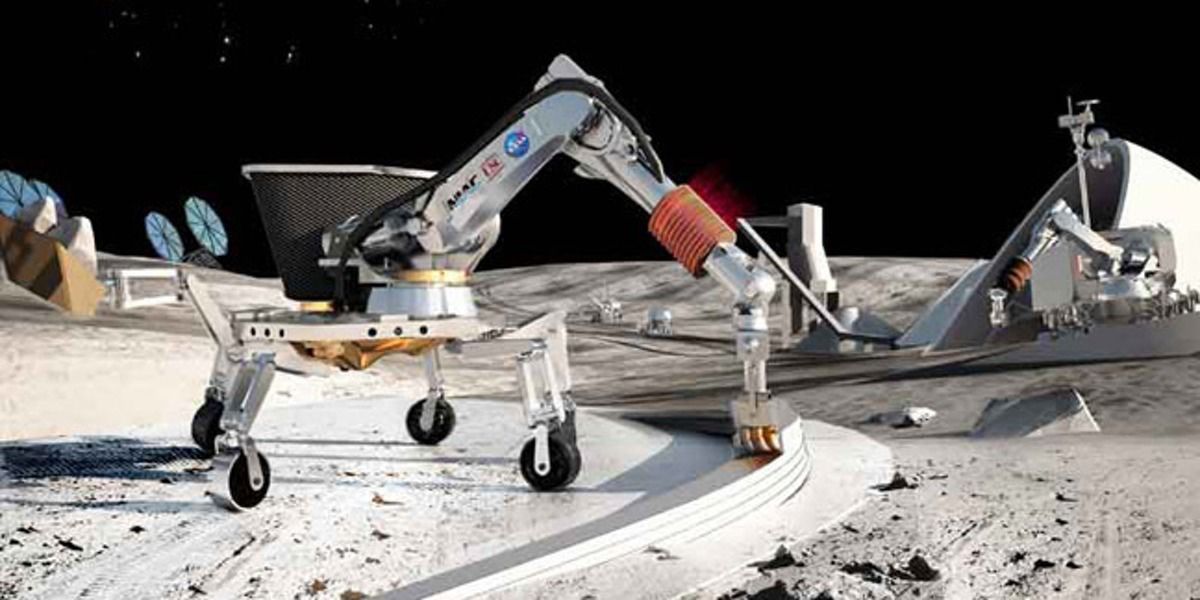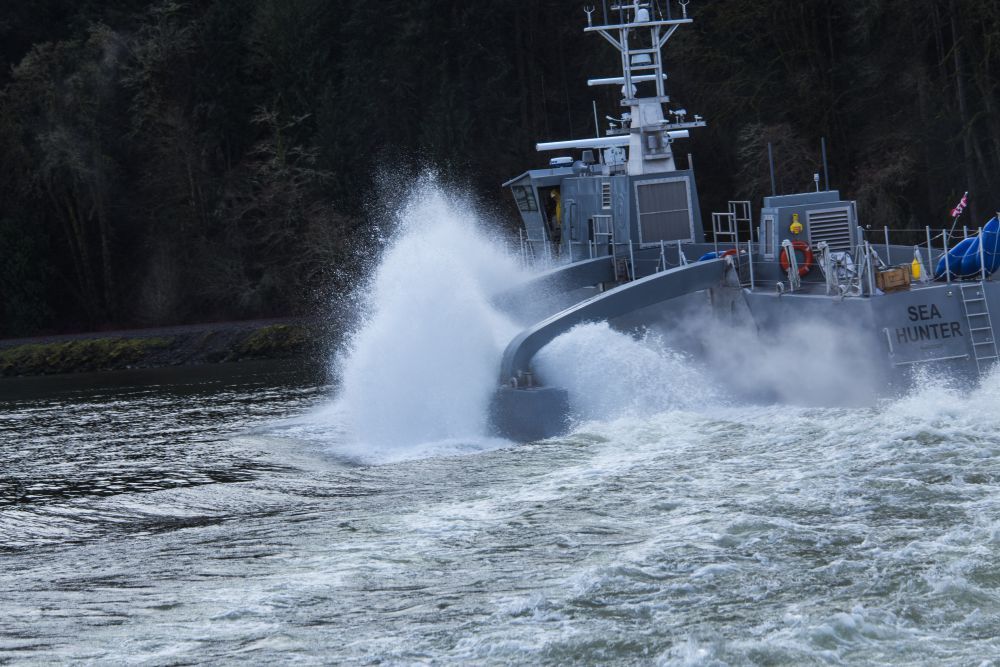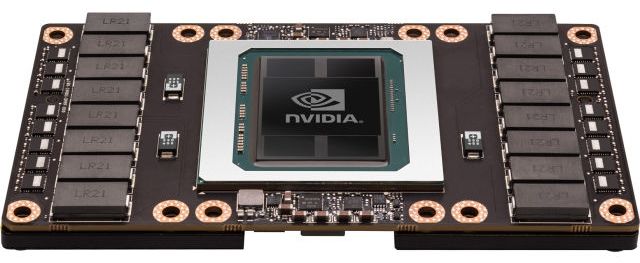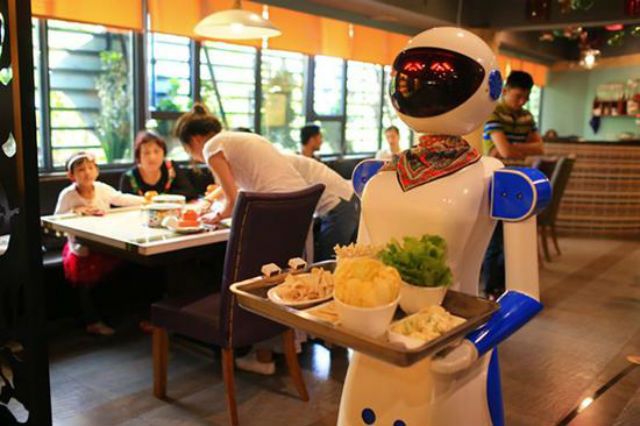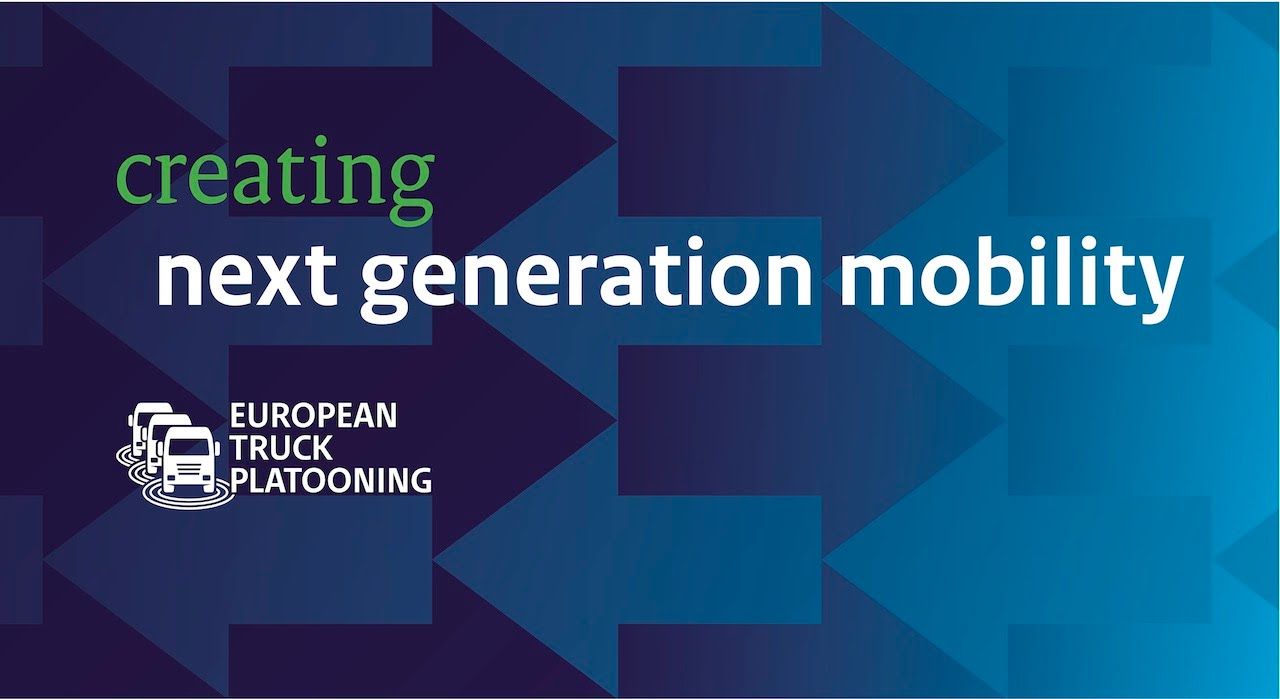When Khoshnevis imagines the future of colonies on Mars, he imagines very tall buildings, with a lot of protection from the elements.
“Gravity is one third of Earth’s, and therefore with less construction material we can build stronger structures out there, therefore we can build much taller,” he says. “The cost of energy for elevators and all that will be much less. Theoretically everything could be three times as high as here with the same consumption of energy,” he says.
A human utopia on Mars will soon be technologically feasible, but it will take some political will to get there, he says. It will take sustained resources and effort over decades to get the ball rolling, and keep it moving forward. “There really has to be philosophical support for this — that this is the future of humanity, Mars is the closest thing to a livable planet, so we should not miss the opportunity — we should dedicate a good effort in making sure that we go there and we change the conditions of Mars to make it habitable, because one planet is not enough for this amazing species.”
